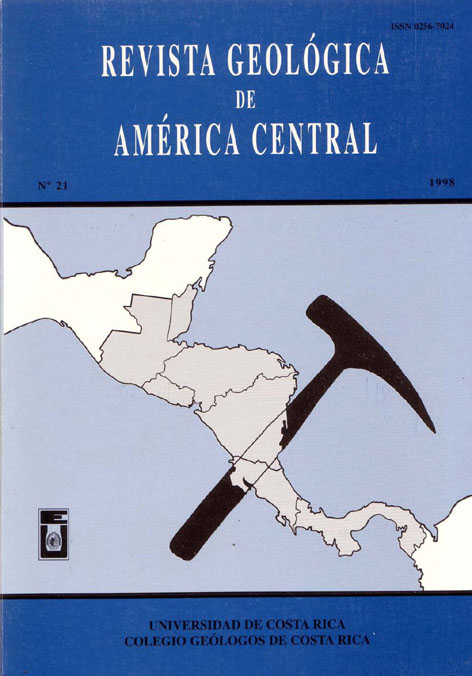Abstract
In Costa Rica, the research of the unsaturated zone began in 1997. The unsaturated zone is importantin protecting aquifers from contamination. The understanding of the processes of the unsaturated zone is necessariyto understand the behavior of leakage of landfills or other kinds of surface contamination. For this reason, has beendeveloped a model of the unsaturated zone, which has been called ZONOSA , using an EXCEL worksheet. A modelof the unsaturated zone (MARTHE), has been used in a French-Guatemalan study.The methodology used in the ZONOSA model was the definition of the equations that describes the unsaturated flowin each cell of the worksheet. Each cell represents the defined dimensions of the unsaturated zone. Using very smallincrements of time, these equations balance the inputs and outputs of water content in each cell.With an iterative process, the water content, tension and flow for each cell is obtained at a desired time. The model islimited to two layers with of different hydrological properties. The lower layer contains the water table.A comparison has been made between the results obtained with the MARTHE model and the ZONOSA model. Usingthe same field data used in the French-Guatemalan study , the ZONOSA model calibrates more accurately to field da-ta of water content at depths of 15 cm and 130 cm. The MARTHE model, calibrates more accurately to the field da-ta of water content at the depth of 70 cm. This difference is probably due to the fact that the ZONOSA model assu-mes an isotropic media.The model is limited to two layers, isotropic media, and each layer is considered homogeneous. Other limitation isthat the model works in one dimension and does not consider the horizontal flow in the water content balance.Downloads
Download data is not yet available.

